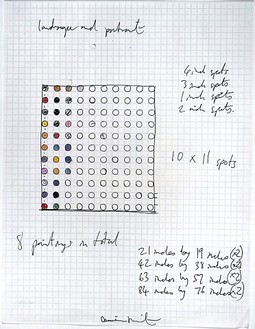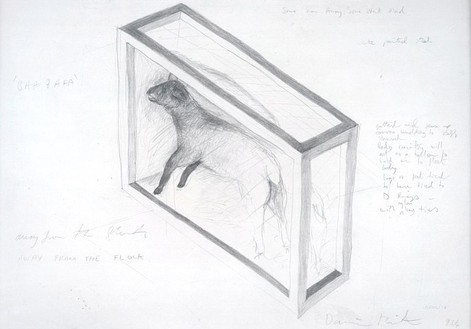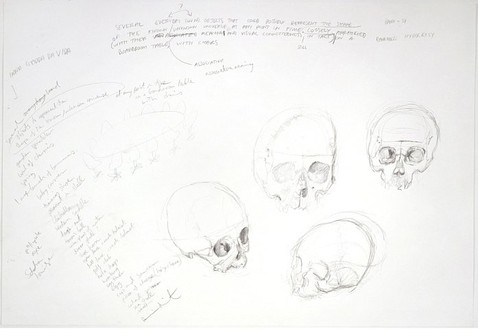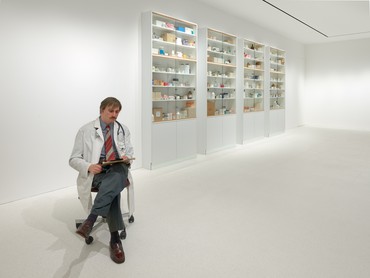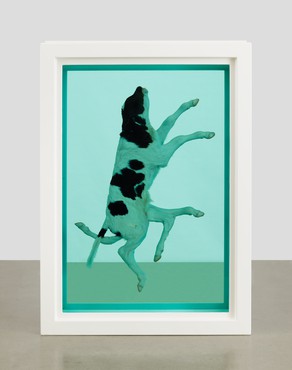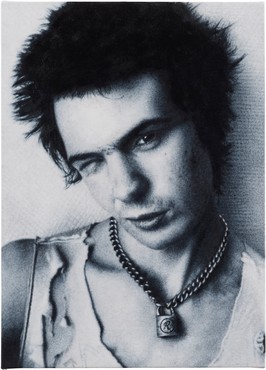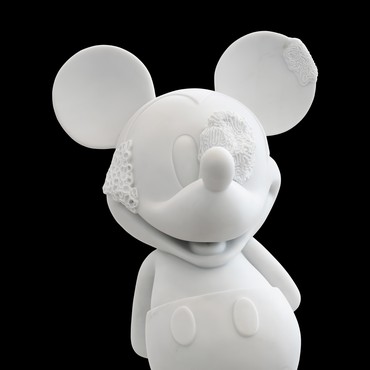About
Gagosian is pleased to present a retrospective exhibition of the drawings of Damien Hirst. More than two hundred drawings from 1981 to 2006 offer historical insight into rarely seen aspects of the artist’s work and process. Included are early drawings from Hirst’s student days; pencil sketches for seminal sculptures such as The Physical Impossibility of Death in the Mind of Someone Living (1991), A Thousand Years (1991), The Acquired Inability to Escape (1992), Away from the Flock (1994), and The Hat Makes the Man (2003); preparatory diagrams for early Spot paintings and medicine cabinets; a large-scale series of fourteen drawings for The Stations of the Cross (2004); and proposals for unrealized and future projects.
Hirst plays out his ideas through image and text with the urgency and immediacy of a child whose irrepressible, exhaustive imagination is engaged in a constant and passionate pursuit to describe, demarcate, question, invent, discover, and even divine. In Can’t See the Wood for the Trees (1996), he gives poetic insight into the conceptual basis of his drawings, chronicling their importance in the developmental process of his work, “constructing spaces, drawings for sculptures, ideas become reality, making spaces, ideas made real, in search of reality, looking for Mr. Goodsex, nothing is a problem for me, he tried to internalize everything, from head to paper.”
Through the drawings, “we can explore his preoccupations and passions which center on the ambiguity at the heart of human experience,” as described in Hirst’s catalogue From the Cradle to the Grave, “the confusing relations between art and life, life and death and image and reality, change and stasis, communion and isolation, entrapment and escape, love and relationships.” The corpus, or body of work, contained in this exhibition reveals the breadth and depth of thought at the heart of Hirst’s creative output.
A fully illustrated catalogue accompanies the exhibition, featuring a conversation between the artist and philosopher John Gray (author of Straw Dogs, False Dawn, and Al Qaeda and What It Means to Be Modern) and an essay by historian Simon Baker.
Share
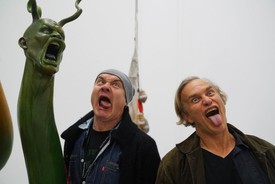
Truth Revealed: Damien Hirst and James Fox on Ashley Bickerton
In conversation with James Fox, Damien Hirst reflects on the artwork of his longtime friend.
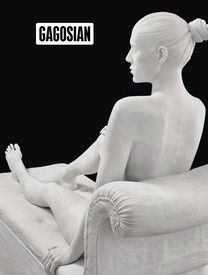
Now available
Gagosian Quarterly Fall 2021
The Fall 2021 issue of Gagosian Quarterly is now available, featuring Damien Hirst’s Reclining Woman (2011) on its cover.

For Sale: Baby Shoes. Never Worn.
Sydney Stutterheim meditates on the power and possibilities of small-format artworks throughout time.

In the Studio: Damien Hirst’s Veil Paintings
Damien Hirst speaks about his Veil paintings with Gagosian’s Alison McDonald. “I wanted to make paintings that were a celebration,” he says, “and that revealed something and obscured something at the same time.”

Damien Hirst: Visual Candy
James Fox considers the origins of Damien Hirst’s Visual Candy paintings on the occasion of a recent exhibition of these early works in Hong Kong.

Damien Hirst: Colour Space Paintings
Blake Gopnik examines the artist’s “dot” paintings in relation to the history of representation in Western art, in which dabs of paint have served as fundamental units of depiction and markers of objective truth.

